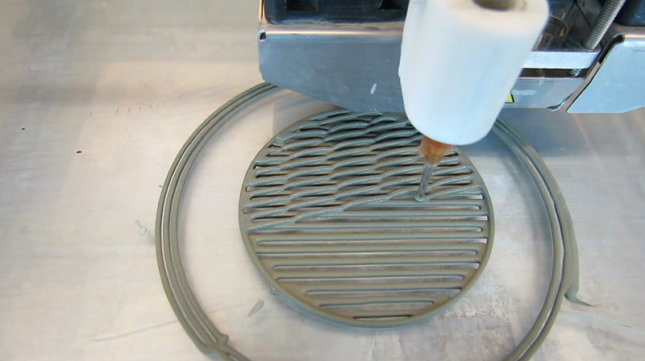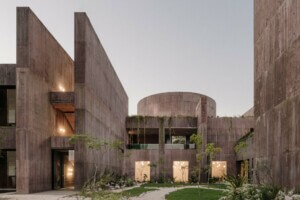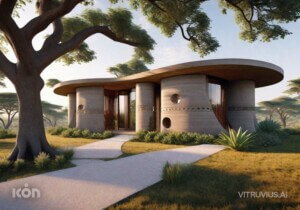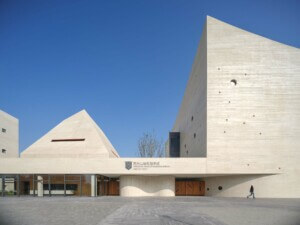Concrete is a ubiquitous building material, applied to the bulk of contemporary construction projects. While the sedimentary aggregate is commonly used due to its impressive compressive strength, it remains a brittle material subject to damage or failure during extreme environmental events such as earthquakes. In response to this inherent weakness, a team of researchers based out of Purdue University’s Lyles School of Civil Engineering comprising professors Jan Olek, Pablo Zavattieri, Jeffrey Youngblood, and Ph.D. candidate Mohamadreza Moini has developed a 3-D-printed cement paste that actually gains strength when placed under pressure.
The project, initiated in August 2016 with funding from the National Science Foundation, looked towards the natural durability and flexibility of arthropod shells. “The exoskeletons of arthropods have crack propagation and toughening mechanisms,” said Pablo Zavattieri, both of which can be reproduced “in 3-D-printed cement paste.”
For the prototype, the research team cycled through a number of geometric configurations, including compliant, honeycomb, auxetic, and Bouligand designs. Each of these formats responds to external pressures differently; a compliant design acts as a spring under stress while the Bouligand boosts crack resistance.

To assess the structural qualities of each prototype during and following testing, the team relied on micro-CT scanners. Through the use of this tool, the team was able to identify weaknesses present within the 3-D-printed objects, improving upon them with successive prototypes.
What are the implications of the Purdue team’s 3-D-printed cement paste? In boosting the flexibility of concrete construction, the cement paste could add an extra factor of safety for the brittle material within conditions of environmental extremes, dampening the impact of momentary shocks. Admittedly, Zavattieri noted that the “minimum amount of material was used to prove the hypothesis.” However, there is no significant engineering hurdle in scaling up the technology to a potentially full-scale prototype and its ultimate application in architectural design.











